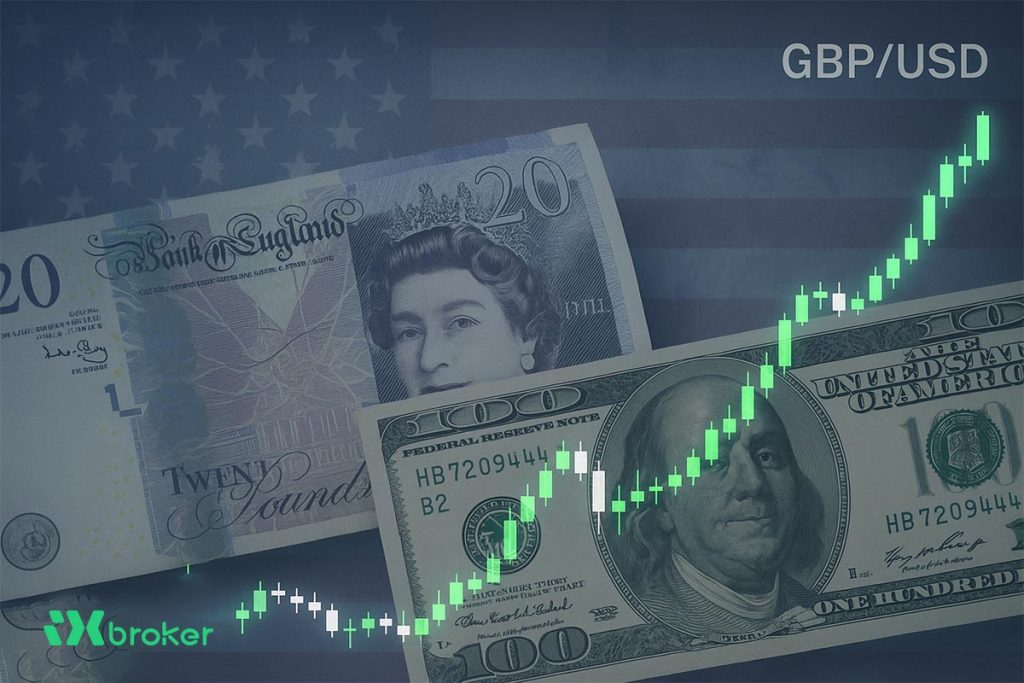Gold (XAU/USD) extended its decline for a second consecutive session on Friday but held above the overnight swing low during the Asian trading hours. The US Dollar (USD) retreated slightly after posting strong weekly gains—its highest level since early August—providing some support to the precious metal. Meanwhile, growing expectations for further Federal Reserve (Fed) rate cuts and persistent concerns over the ongoing US government shutdown continued to underpin demand for gold.
Safe-haven demand limits downside for gold
The cautious market tone, driven by escalating trade and geopolitical tensions, also helped cap losses for the safe-haven asset. However, the lack of follow-through buying signals that bullish momentum may be fading, especially given overbought conditions on short-term charts. Still, gold remains poised to secure an eighth consecutive week of gains, with investors now awaiting fresh remarks from FOMC members for short-term trading cues ahead of the weekend.
Market movers: USD strength eases as traders bet on more Fed cuts
The greenback’s rally to two-month highs on Thursday prompted profit-taking among XAU/USD bulls after a record-setting run. A ceasefire deal between Israel and Hamas also eased safe-haven demand temporarily, contributing to gold’s pullback.
While Fed Chair Jerome Powell refrained from offering new policy guidance, the September FOMC minutes revealed lingering inflation concerns. Despite that, markets are still pricing in two additional rate cuts by year-end. Meanwhile, the US government shutdown has entered its second week, with the Senate stalling on budget negotiations until next Tuesday.
Adding to geopolitical uncertainty, US President Donald Trump announced renewed pressure from Washington and NATO to end the war in Ukraine. However, a large-scale Russian assault on Kyiv early Friday reignited market risk aversion, offsetting optimism from the Israel–Hamas ceasefire and sustaining demand for gold as a defensive hedge.
Technical outlook: gold holds key support, but correction risk persists
Technically, a decisive break and acceptance below the 100-hour Simple Moving Average (SMA) could indicate the first sign of bullish exhaustion. Traders should watch for sustained selling below the $3,944 swing low for confirmation of a deeper corrective move, potentially extending toward the $3,900 psychological level.
On the upside, immediate resistance is seen near $4,000, followed by the $4,035–4,036 zone and the $4,059–4,060 region—marking Wednesday’s all-time high. A clear break above these levels could trigger renewed bullish momentum, with the next target at the $4,100 round figure.




